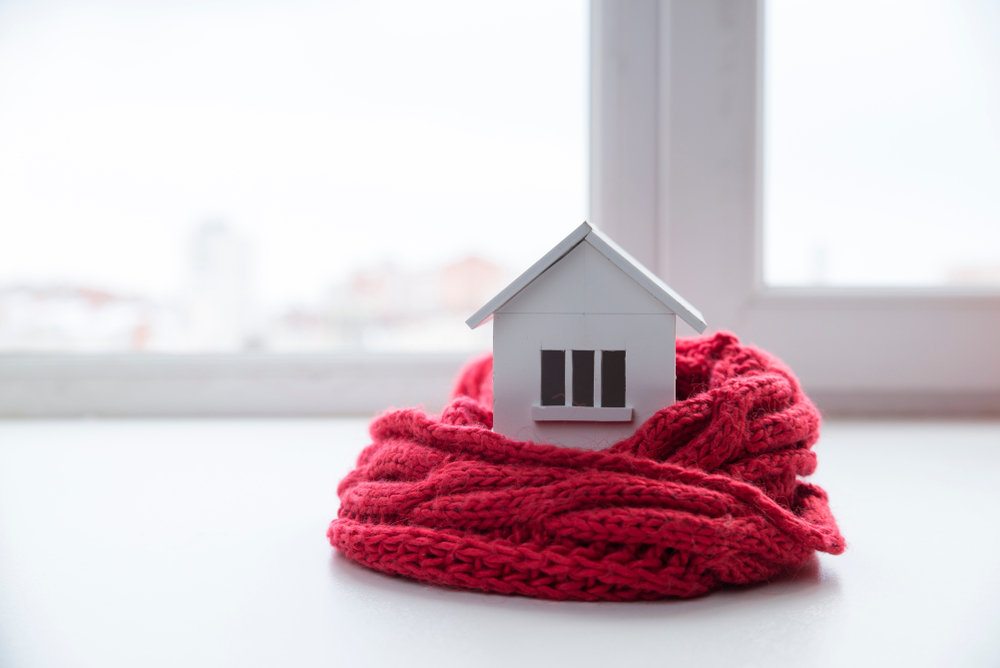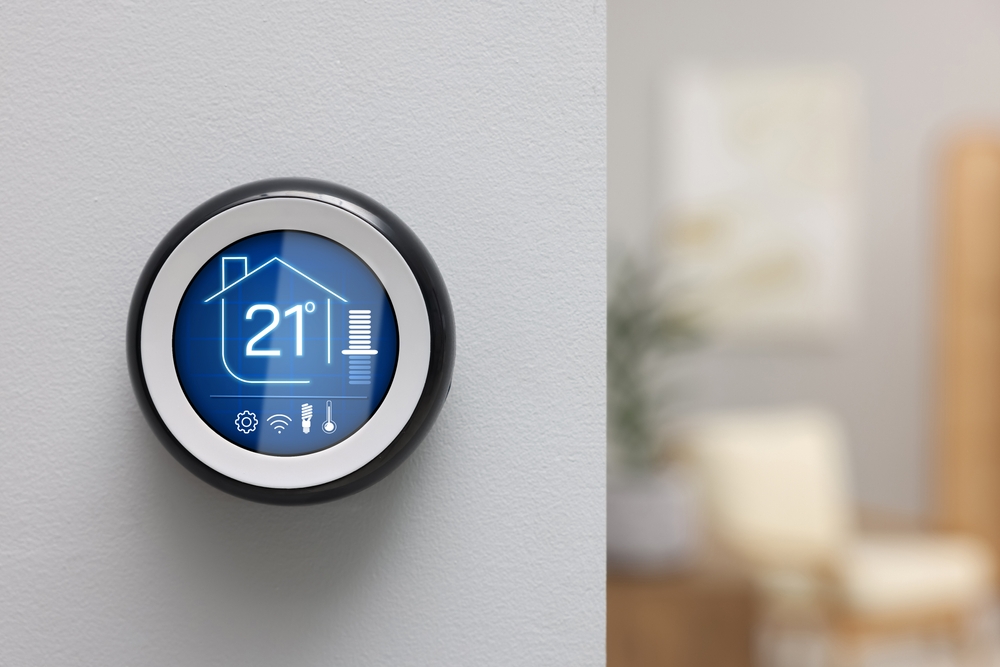
January 8, 2025
Winterizing Your Home: Tips for Saving Energy & Staying Warm
As we brace ourselves for chill winter months, it’s exceedingly important to ensure your home is well-prepared to provide the utmost comfort as well as energy efficiency. With severe temperatures come the specter of a surge in energy bills as heating costs become a matter of survival. No wonder the average American household is forced to spend nearly half of its annual energy costs on heating and cooling, according to Energy Star.
The temptation to set that thermostat too high is akin to fast-tracking your way to hefty energy bills. Fortunately enough, there are some easy energy-saving tips you can adopt to radically change how you use energy that can save both energy and money all year long.
1. Seal Drafts and Gaps Around Windows and Doors
Drafts are a key factor in determining whether your house is both warm and energy-efficient. This is especially so in New York City, which is dotted by historic buildings that cause heat loss through doors and windows or cracks in the floor.
These problem areas can be effectively dealt with by going for professional draught-proofing of windows and doors, such as through weather stripping that prevents air from leaking via moving structures like doors or window sashes.
Caulking is another effective technique to seal cracks and gaps in static components like window frames to keep heat in and cold out.
2. Enhance Insulation in Key Areas
The warmth quotient of your home is directly proportional to the level of insulation at your home. That is why it is crucial to ensure that the key areas of your house like attics and basements, are effectively covered to make your house energy efficient in the true sense.
Insulation stands as a real challenge for NYC residents with multi story homes or apartments situated in older buildings. Warm air tends to rise meaning that an ill-insulated attic can dramatically increase heat loss. This can be countered by using materials like fiberglass batts or spray foam in the attic while insulating basement floors and walls can ward off cold air from entering into living spaces above.
3. Upgrade to an Energy-Efficient Heating System
Harsh winters are an inevitable reality on the east coast, and therefore, a heating system can be a make-or-break factor in your overall energy consumption. An inefficient heating system can be burdensome for your energy bills, so investing in an energy-efficient heating system can go a long way in cutting costs and keeping environmental impact in check.
You can either opt for heat pumps that perform dual heating and cooling functions or a modern furnace with higher Annual Fuel Utilization Efficiency (AFUE) ratings to bring down your energy consumption.
4. Use Programmable Thermostats Wisely
A thermostat holds the key to controlling the temperature you want for your house. A programmable thermostat allows you to automate temperature adjustments to ensure your house is all warm without unnecessary energy use. Try to discover the optimal settings for your house in line with prevailing weather conditions, although aiming to keep the temperature within 7–10°F is ideal while sleeping or when no one is around. The cutting-edge smart thermostats offer further customization potential as they can pick up your schedule and adjust settings accordingly for maximum efficiency.

5. Utilize Curtains and Blinds to Retain Heat
Windows act as a primary outlet for letting air in, but they are also a major source of heat loss. If you happen to have large windows, you can use blinds and curtains to your advantage by opening them during sunny winter days to enjoy natural warmth and light.
Thermal curtains are another great option, as they have been designed with insulation in mind to keep chilly air at bay. Draw them out during night hours to ensure warm indoors and block drafts and thus realize the goal of a Net-zero energy home without draining your energy bills.
6. Space Heaters: Supplemental Warmth with Care
Winter nights are known to be particularly cold and intense and an energy-efficient space heater can be just the lifeline you need to stay warm inside. However, a targeted approach would work best, implying that you should reserve space heaters for rooms where you hang out most. This way, you can prevent your central heating system from crashing down with excessive demand.
Don’t forget to prioritize safety by turning heaters off when not in use and keeping them away from flammable materials for a cost-effective, risk-free heating solution.
7. Ventilation: Preventing Moisture and Mold
Ventilation is only meant for summer months is a myth. Proper ventilation is a prerequisite even as temperatures go down to prevent dampness inside and maintain a steady flow of fresh air. Make use of fans in the kitchen and your bathroom to drive away humidity that can condense on your windows.
Humid winters can stimulate mold growth in airtight apartments, which can be dealt with by installing an energy recovery ventilator (ERV) in the ducts of a central heating and cooling system. This is a technological system that works by utilizing stale indoor air to warm up the incoming air to ensure a consistent flow of fresh, outdoor air without moisture build-up.
8. Maintain Your HVAC System
Your heating systems are working overtime during extreme winters which can bring them close to break-down if unattended. That makes regular maintenance of your HVAC system a must if you wish it to run efficiently for the winter spell and beyond.
Replace your worn-out filters within 1-3 months to optimize airflow, and make it a point to upgrade your systems with professional services as early as fall. This will ensure you are all done with any renovation or construction work before winter while decreasing your energy expenditure.
Additional Practical Tips to Reduce Energy Use
Here are a few simple tips to help you save energy for good.
- Reverse your ceiling fans by operating them at low clockwise speeds to push warm air down.
- Kitchen appliances like kettles and ovens take up almost 4% of your electricity bills, so ensure you boil water only when needed.
- Replace standard incandescent bulbs with energy-efficient LED lights when planning for Christmas lighting to reduce your energy usage by 75% while benefiting from higher durability.
Why Choose White Glove Cleaner for Winter Cleaning in NYC?
Winterizing your home is not limited to insulation or drafts, it is essentially about having a robust heating strategy in place that neither incurs additional costs on your energy bills nor leaves you at the mercy of colder months. Beyond energy efficiency, you can’t underestimate the importance of having a clean, organized space.
White Glove Cleaner is your trusted partner to partake in your burden as you prepare for winter with our eco-friendly and quality cleaning services. Located in the heart of New York City, we offer a wide range of professional cleaning services geared to make your house spotless and healthy from within and without. Schedule a consultation today and prep up for upcoming winters like a pro.
The tips above are an effective way to prevent energy bills from spiraling out of control while making your house cozy and comfortable. With a little thought and taking the right steps, you can easily make your energy efficient while giving winters the warm welcome they deserve.
